The small Church of St. Sergius of Radonezh was built during the rapid expansion of the city of Utena, particularly near the postal route between Warsaw and St. Petersburg. The construction of the church was supported and initiated by G. Biriukovas, and it was consecrated in 1869. The first clergyman to conduct services came from Užpaliai. Surrounding the church were Orthodox cemeteries.
The Utena Orthodox community was small, leading to a constant shortage of funds to maintain the church. In 1879, when General Vladimir Veriovkin acquired the Vyžuonėliai estate, he and his family became active supporters of the community. Yelizaveta Veriovkina, the general's wife, enjoyed painting, and her oil paintings were displayed in the estate's premises. Additionally, she donated several icons to the Utena church.
Marijana Veriovkina, the general's daughter, also took care of the church's decoration and actively collaborated with the local clergyman. In 1887, the Veriovkins took steps to renew the church, constructing a covered porch and installing bells cast from silver and bronze. Furthermore, new icons and liturgical banners were acquired.
After Piotr Veriovkin was appointed governor of Kaunas in 1904, he continued his father's work in support of the church. In 1909, the St. Sergius Brotherhood was established in the church, consisting of 35 members, with Piotr Veriovkin becoming a member of the brotherhood's council. The church also hosted a shelter for the poor and orphans, managed by Piotr's wife, Sofia.
With the onset of World War I, Piotr Veriovkin left Lithuania
and arranged for the evacuation of church property, transferring all items to Estonia. Unfortunately, the church ceased operations for nearly ten years.
In the winter of 1925, a new clergyman, Aleksandras Černajus, arrived to find the church neglected and dirty. Local community members, led by Ana Norvilienė, took care of the church's restoration, and the Christmas liturgy was held in a clean church.
When Piotr Veriovkin became the community elder in 1926, he appealed to the Estonian authorities for the return of the church's property, and in 1927, during the feast of St. Sergius of Radonezh, the church was consecrated. In 1931, thanks to the efforts of the Veriovkins, a house was built next to the church for the clergyman and his family.
During World War II, the Germans burned the church in Utena, and the bricks were used to construct other buildings. During the Soviet era, Orthodox believers were not allowed to establish communities or prayer houses, so local faithful attended services in Anykščiai, Zarasai, and Užpaliai.
In 1989, following political changes, the Utena Orthodox community registered, and five years later, in 1995, a chapel was established in one of the rooms of a house. In 1997, the community officially received a parish house and began its renovation.
In the early 2000s, the church was consecrated under the title of the Ascension of the Lord. The church features an icon painted by the artist Laimonas Šmergelis. Currently, the church serves as a place of worship, where clergyman Sergijus Kulakovkis leads liturgical celebrations.





 Entertainment
Entertainment
 Food establishments
Food establishments





























 55.499201, 25.600343
55.499201, 25.600343
 Get directions
Get directions








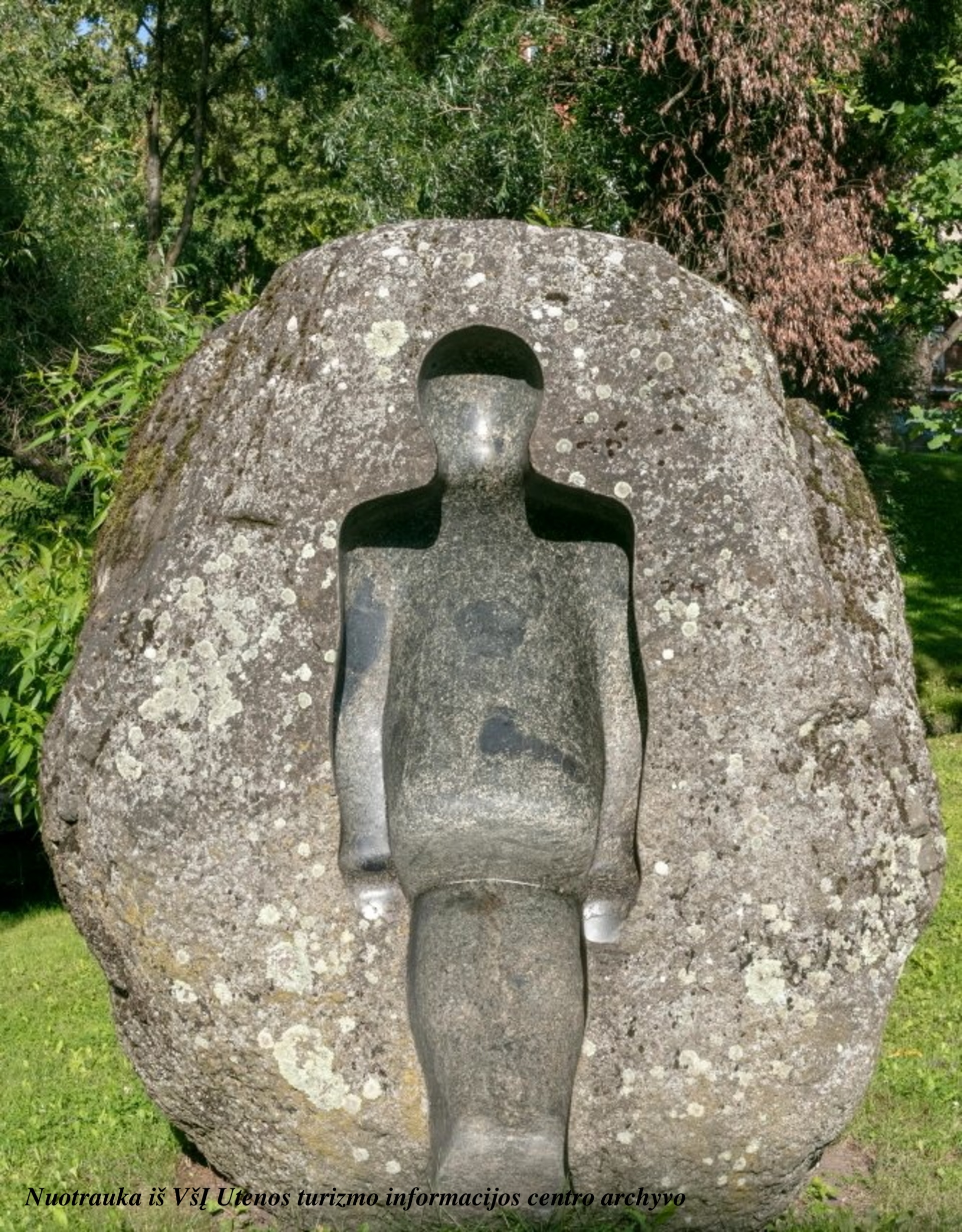
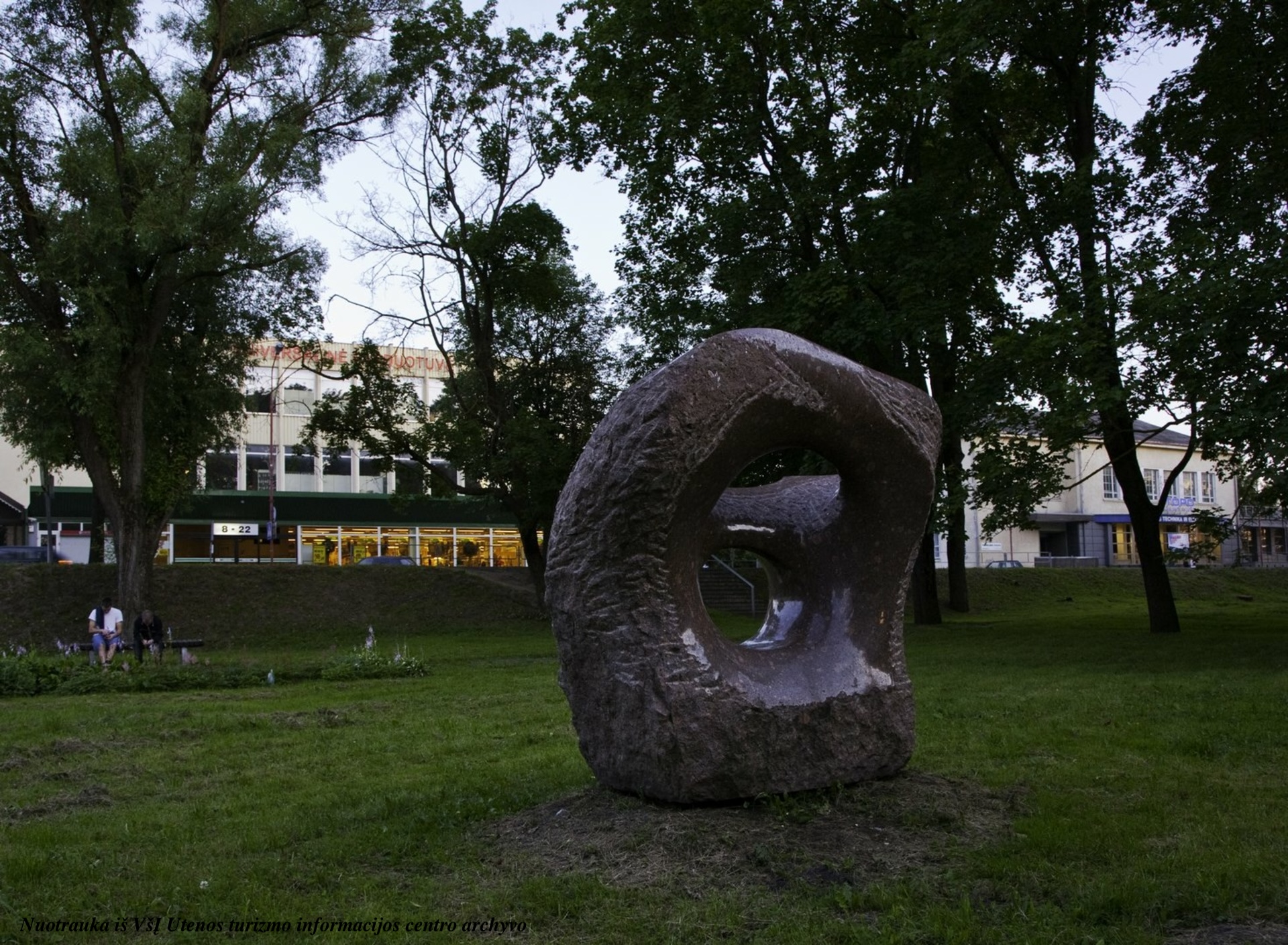
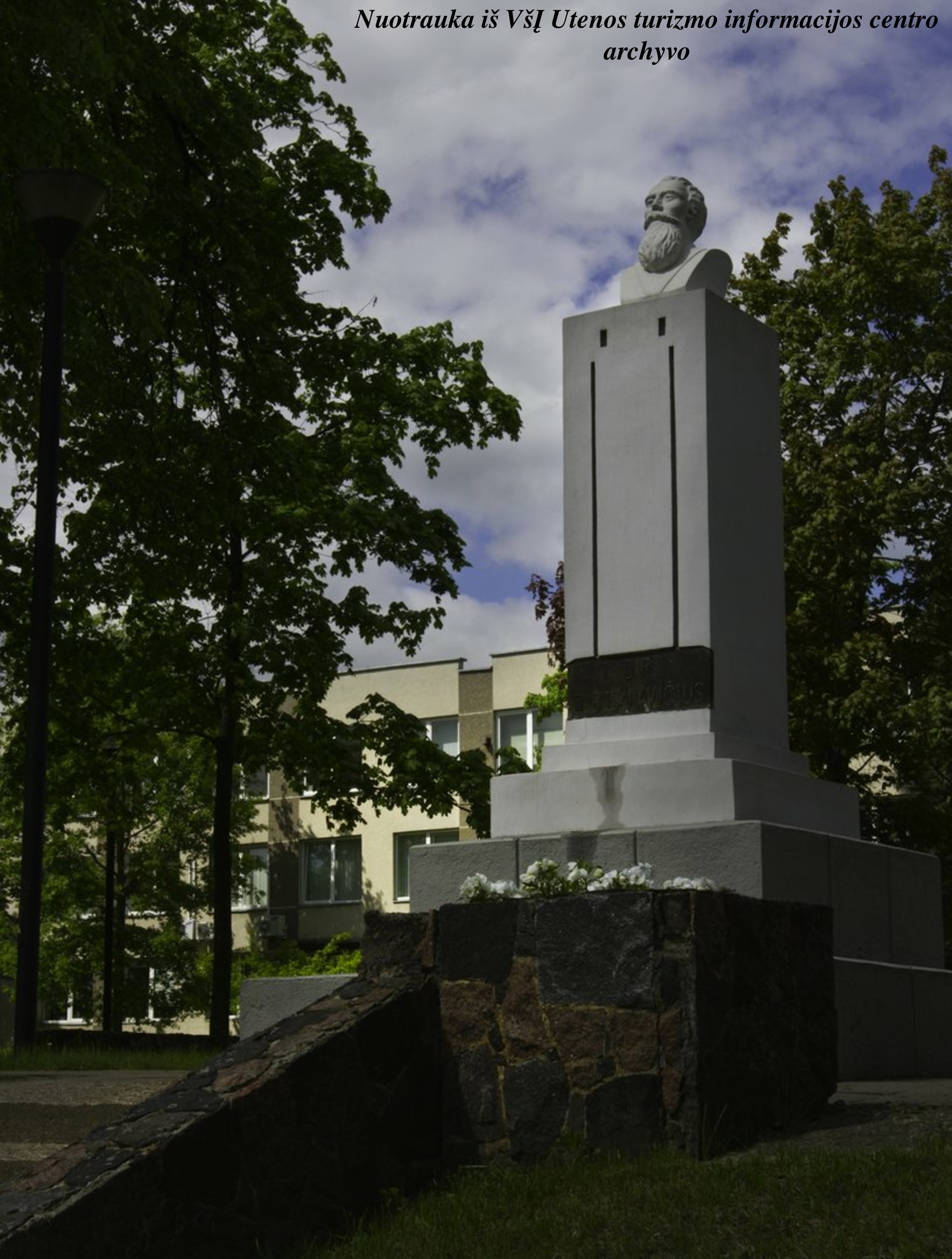
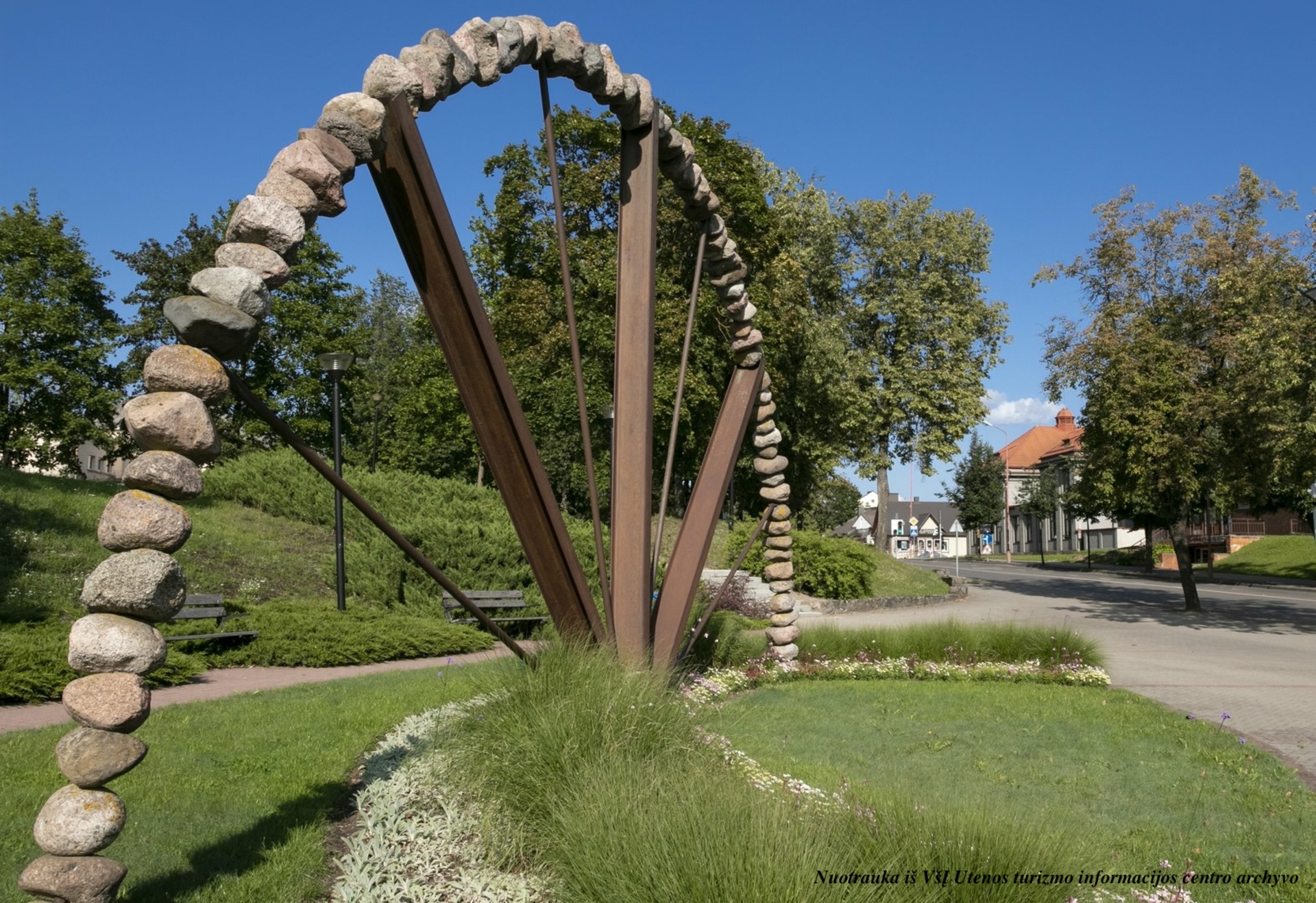
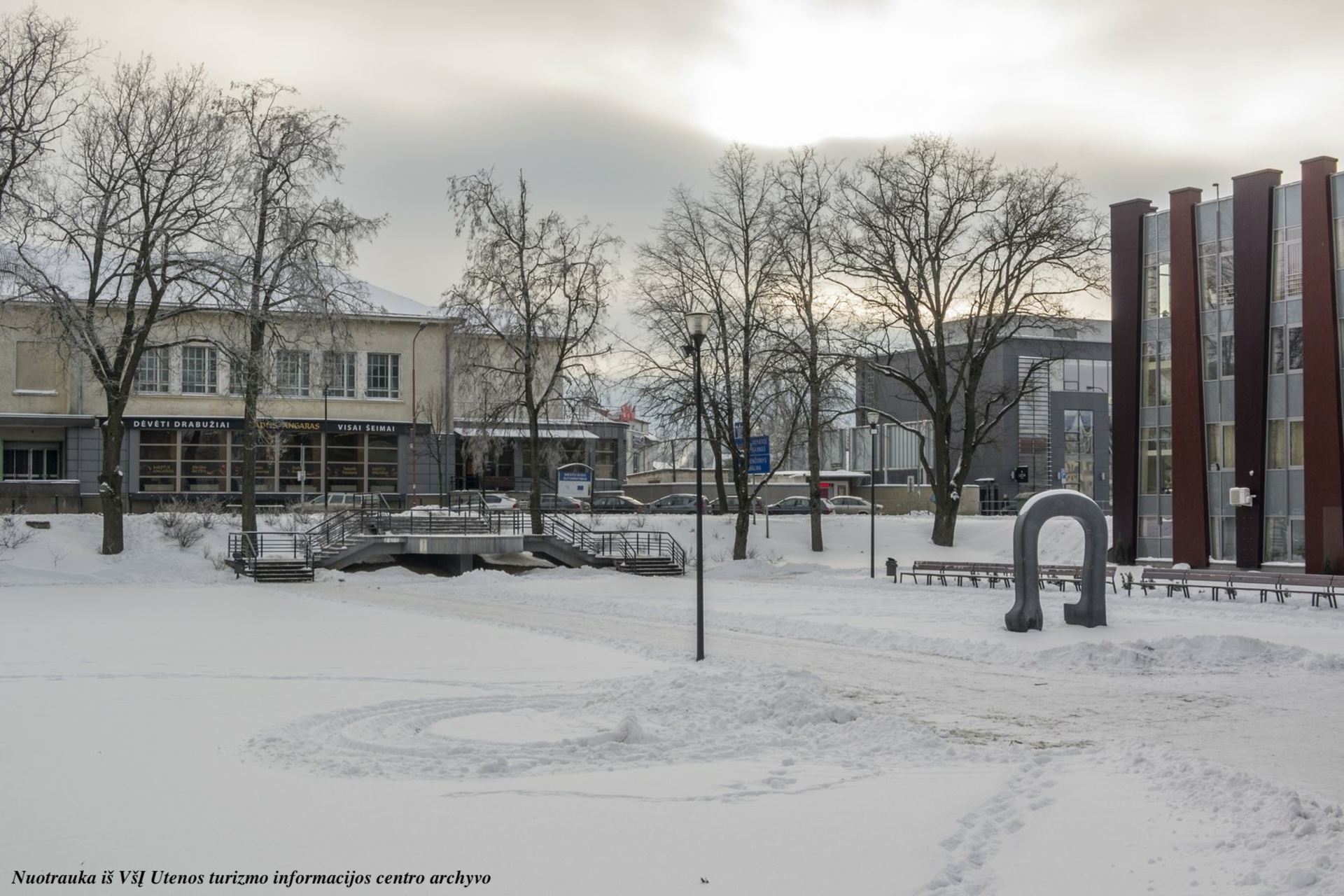
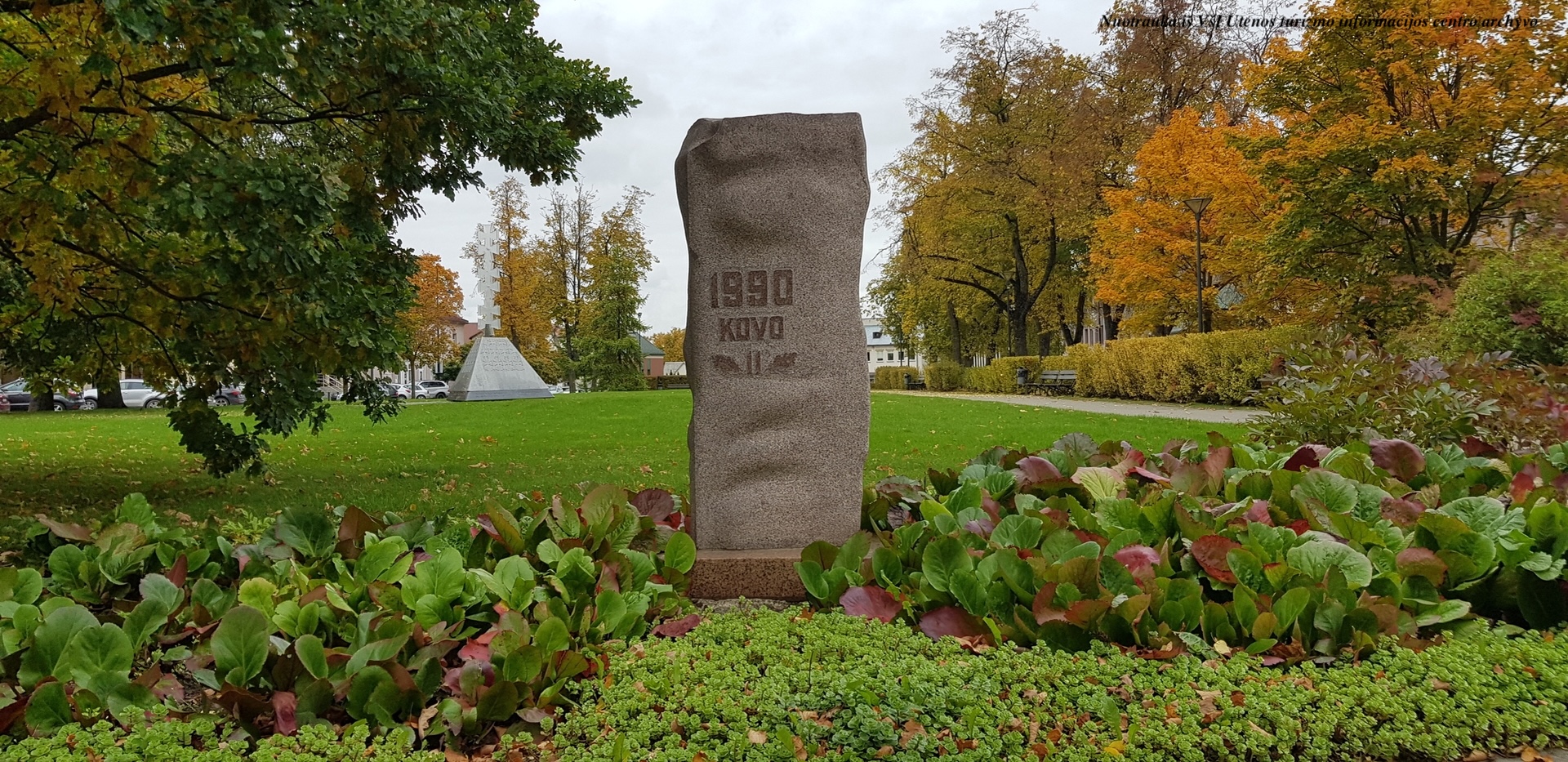
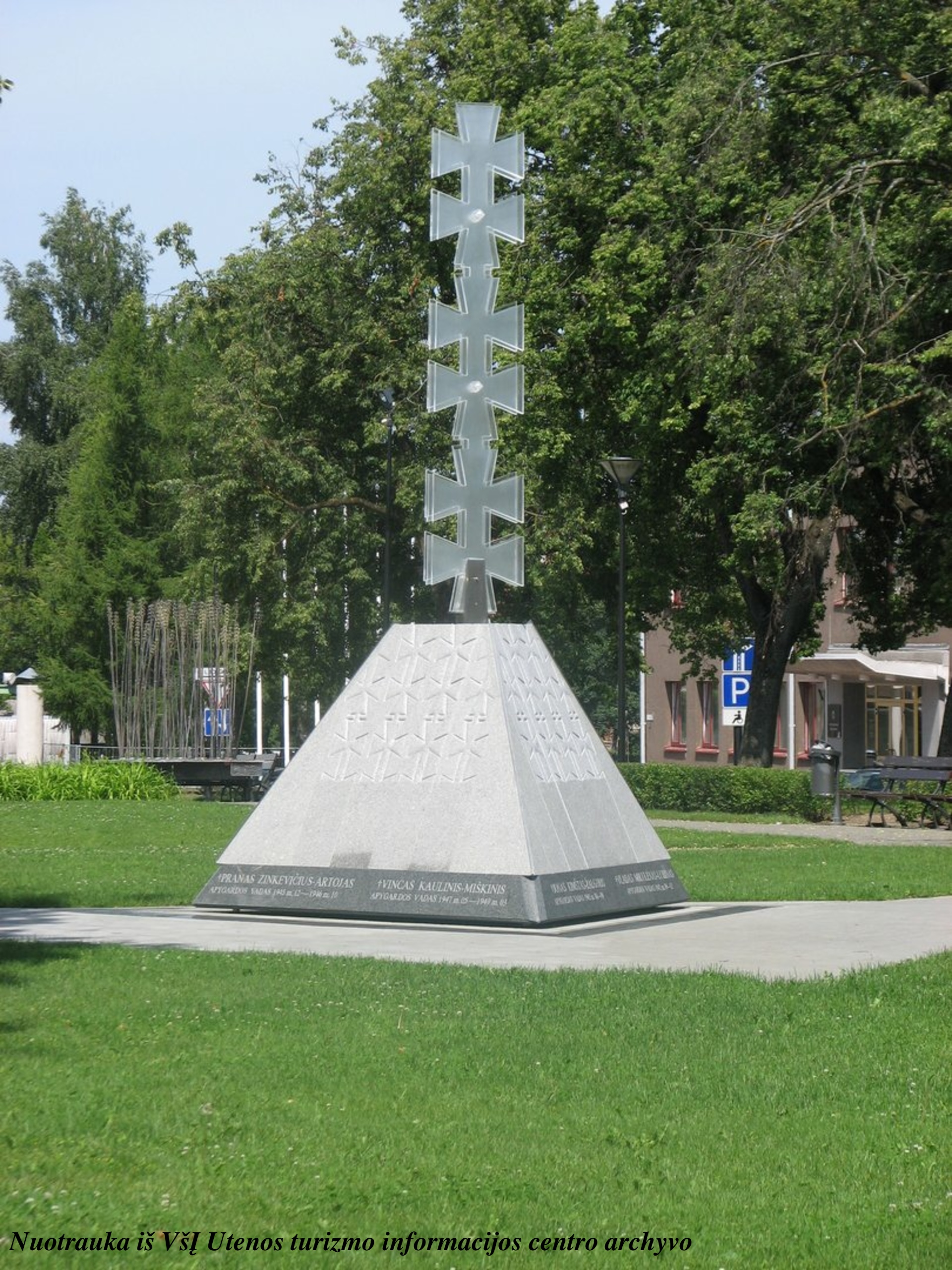
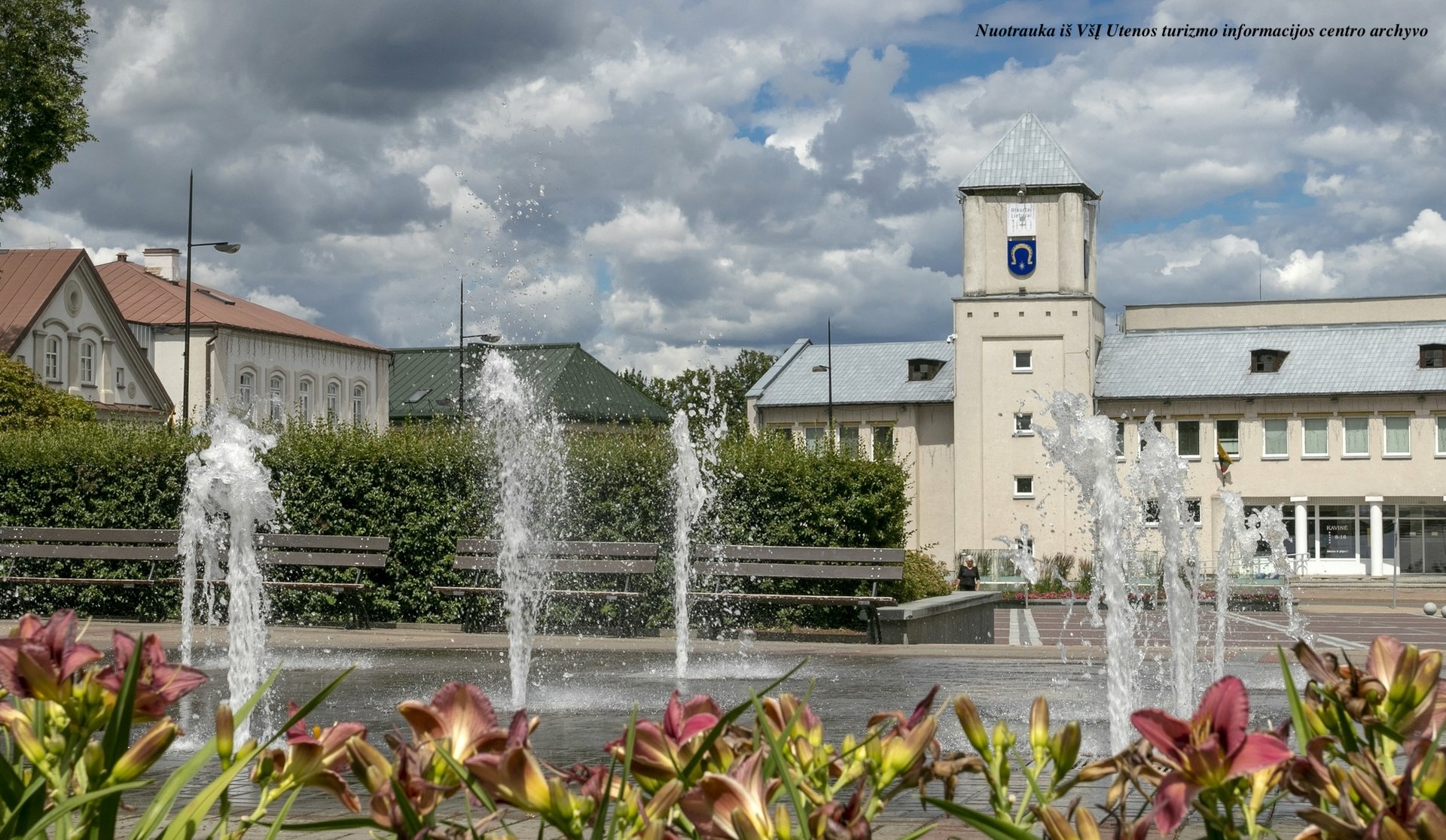

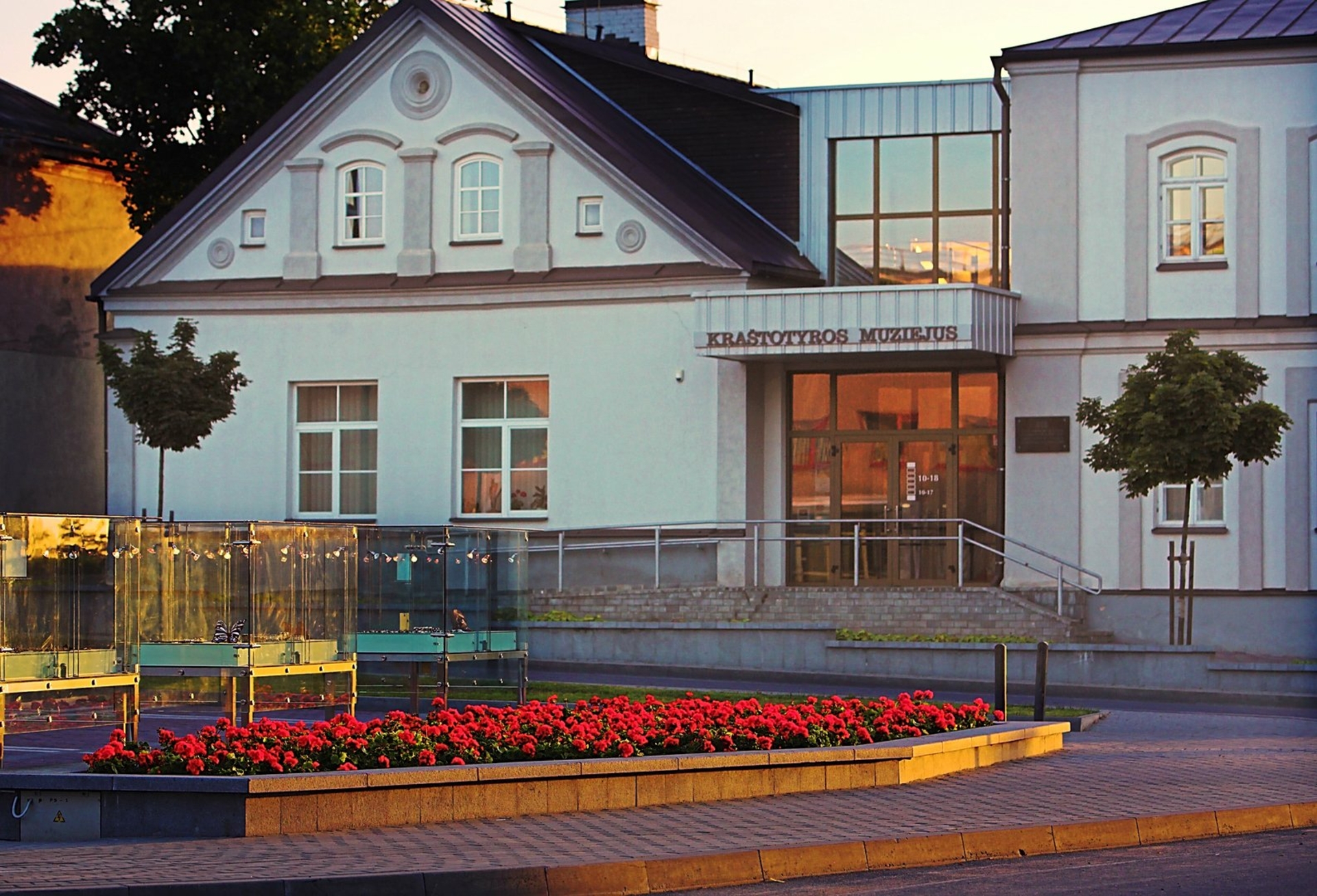

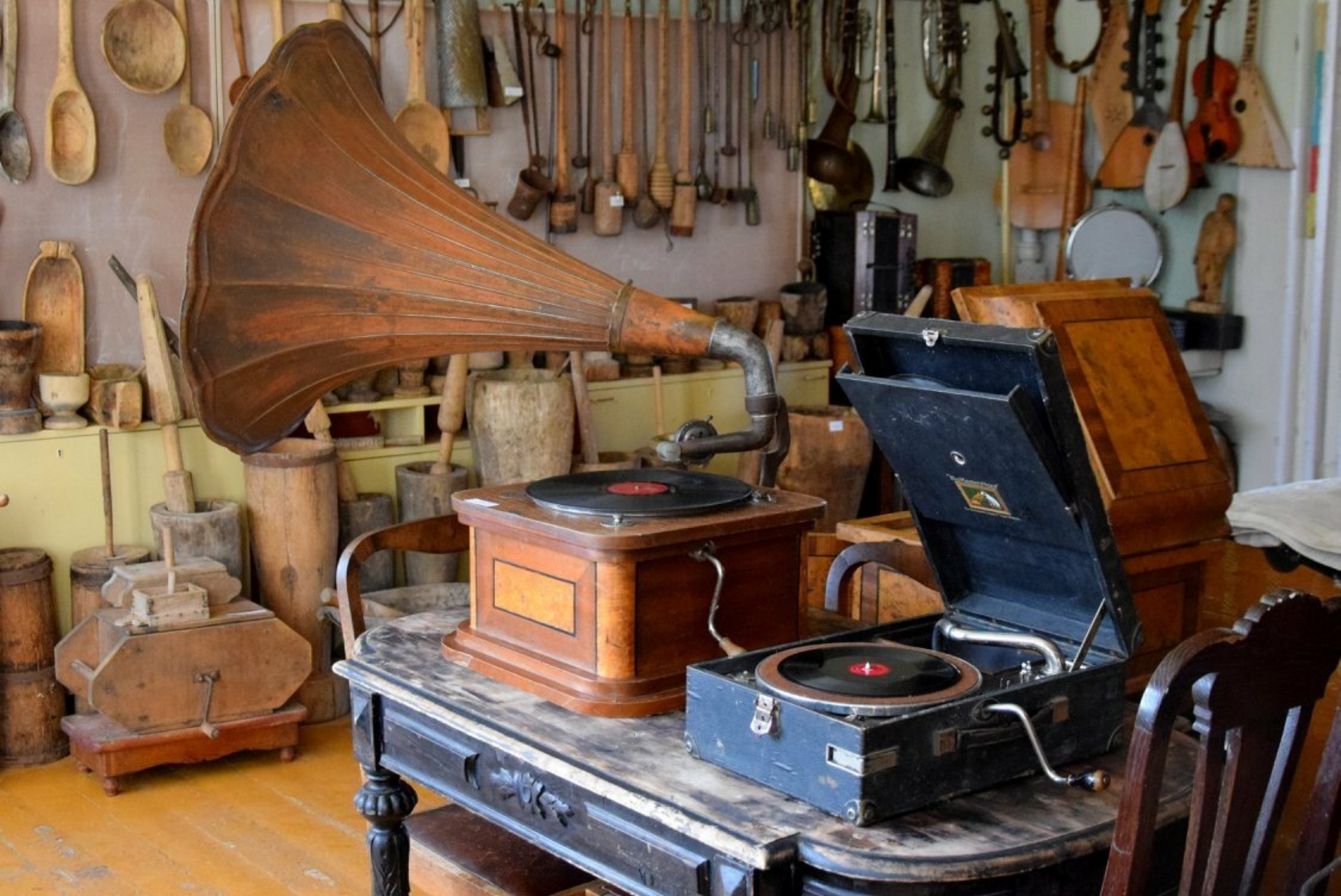
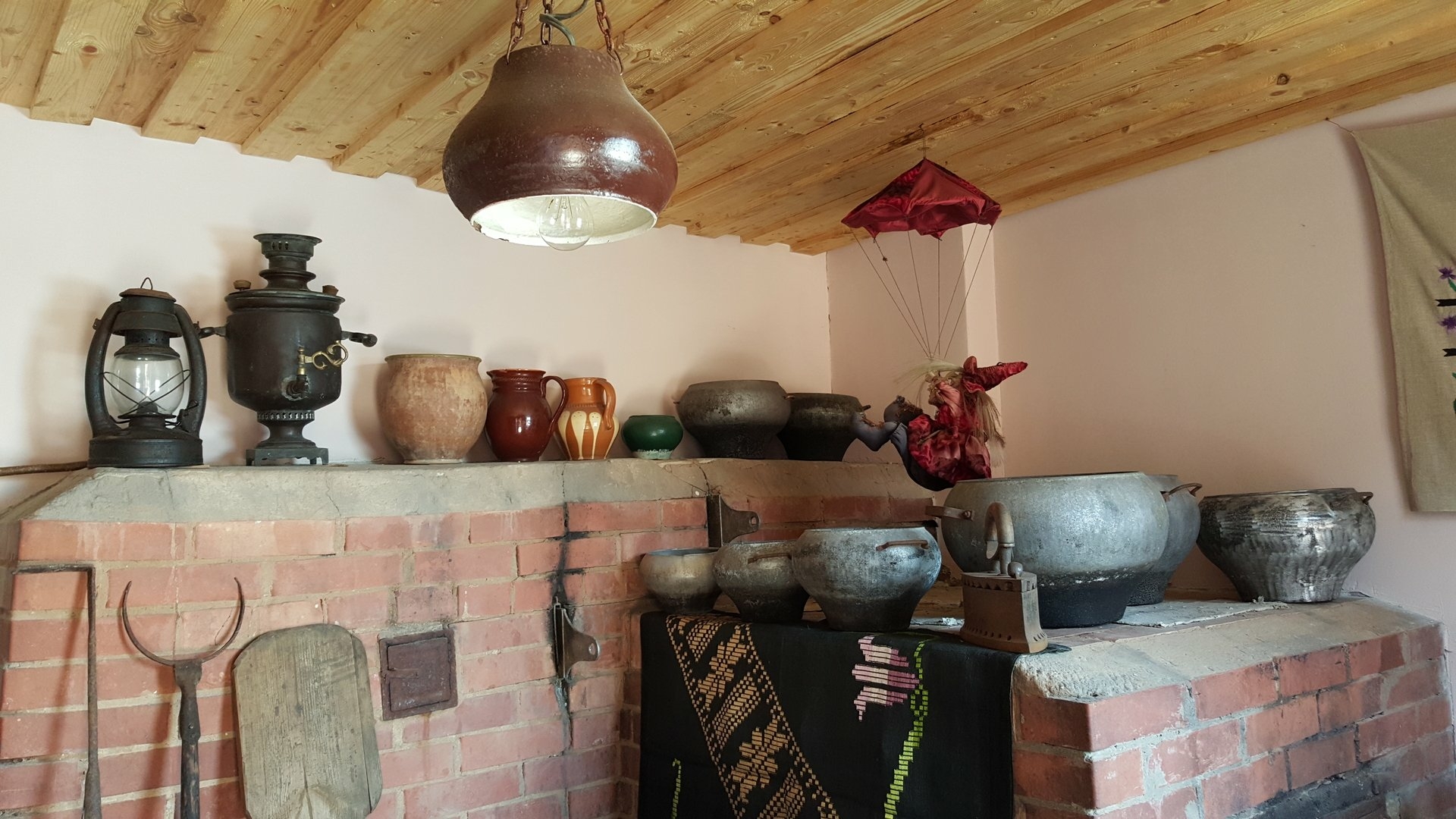

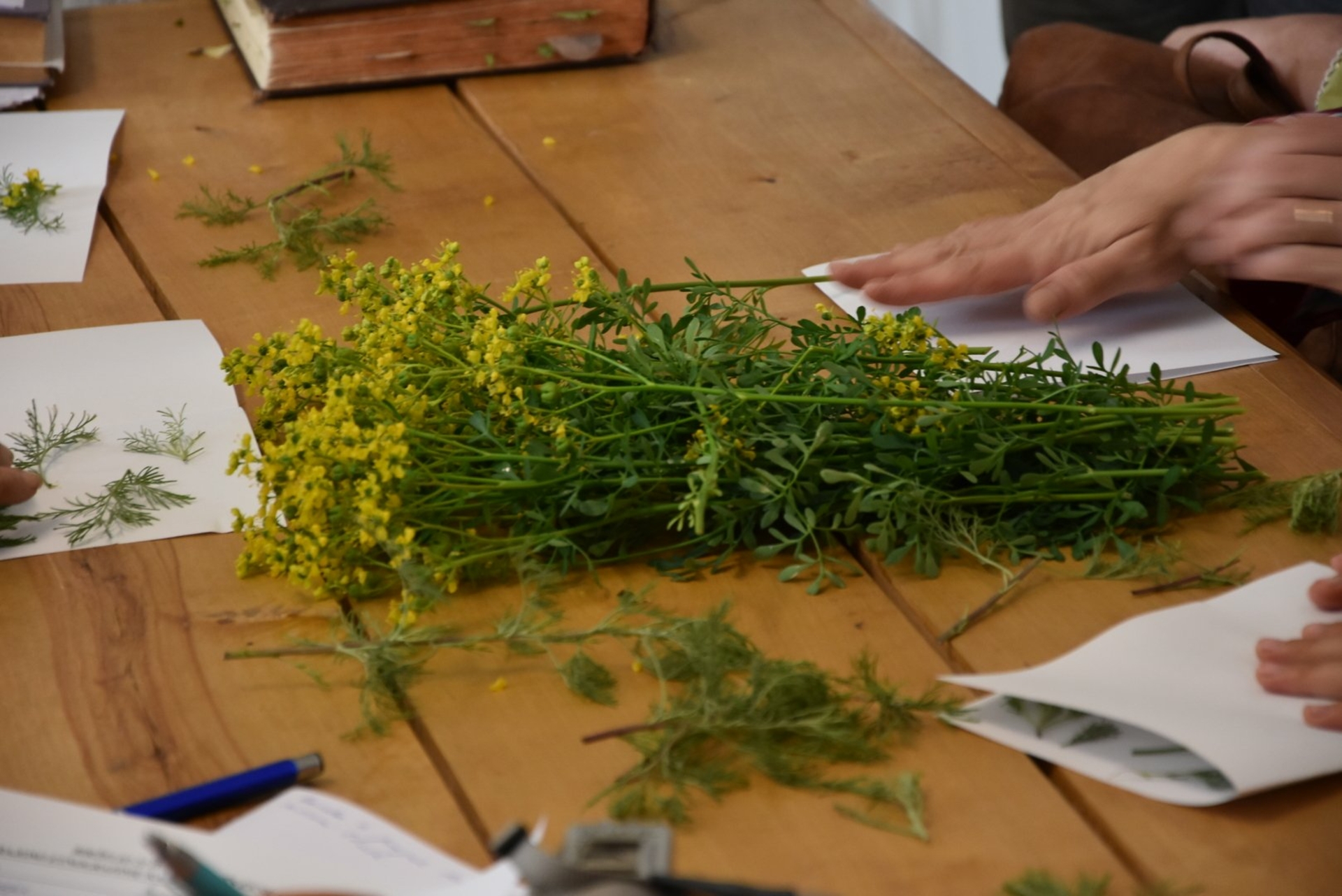



.jpg)

